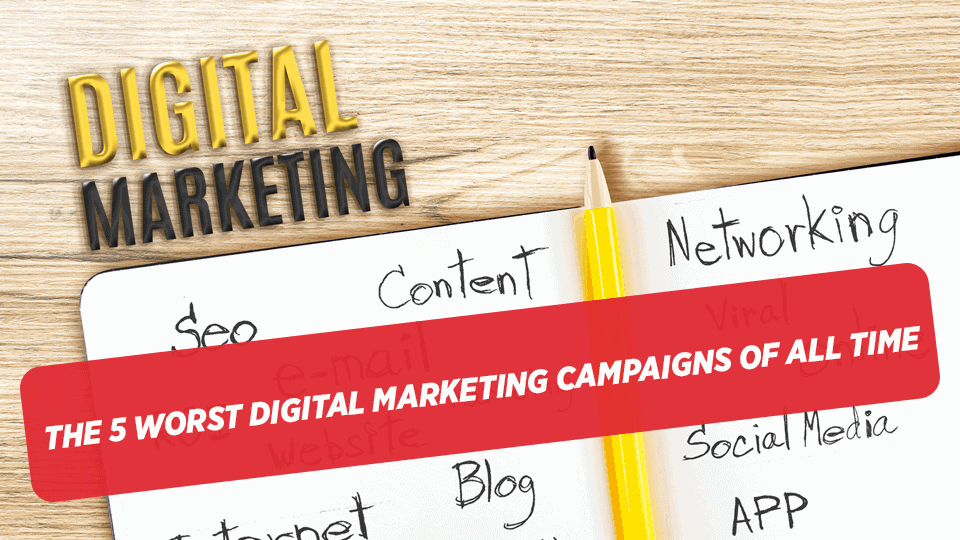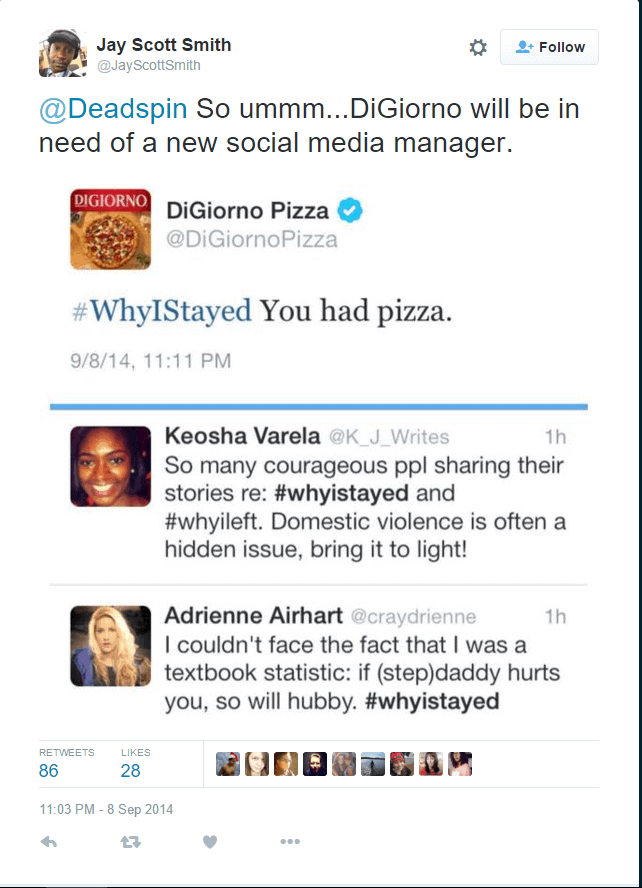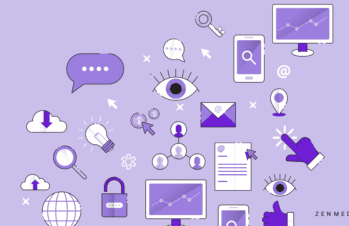In this day and age of sophisticated, 24-hour marketing, there are plenty of inspiring, happiness-inducing, hilarious campaigns – and then there are the ones that make you wonder, “Who could possibly have approved that?”
This post is dedicated to those. We’ve listed our picks below for five of the worst digital marketing campaigns of all time. Why? For one thing, it’s kinda fun, and for another, we all know that you can always learn something from your mistakes. Sometimes it’s nice, though, if those mistakes belong to other people.
The Bud Light “Up for Whatever” campaign.
Let’s start with one of the most recent glaring failures, shall we? Bud Light launched this campaign this past spring, with the idea being that with Bud Light in hand, you’re “up for whatever.” They printed various sentences about what that means on their bottles, including “The perfect beer for removing ‘no’ from your vocabulary for the night. #upforwhatever”
@m_lamor24 ummm… Yes it did. pic.twitter.com/VZKeZkbi1B
— DE Mom (@Momof2inDE) April 30, 2015
Well, that didn’t go over so well. Immediately, people who saw the bottles started tweeting and posting images, picking up on the slogan’s – unintended, one imagines and hopes- implications when it comes to the question of consent. Instead of no meaning no, Bud Light had created a little world where no meant “up for whatever.” Nice.
The lesson: Look for any potentially offensive meanings hidden in your copy before you release it to the world. If you’re feeling any doubts, you should probably scrap it.
The Susan Boyle album party hashtag: #susanalbumparty
We feel bad bringing this one up, because poor Susan Boyle – the unassuming woman with a truly angelic voice who rose to stardom on Britain’s Got Talent – certainly never deserved this. When she released a new album in 2012, the label’s PR people started using this hashtag on Twitter: #susanalbumparty. You see that, right?
Unfortunately whoever was behind the hashtag didn’t see it until it was too late, and Twitter went crazy with tasteless and mean jokes. The hashtag was changed to #SusanBoylesAlbumParty, but, this being the internet, the damage was already done.
The lesson: Find the person who has the most juvenile sense of humor that you know and ask them to scan your hashtag before you post it. Or just take a second, third, and fourth look at it yourself. You’ll probably see any undesirable possibilities if simply you take a moment.
DiGiorgno Pizza’s #WhyIStayed tweet
#WhyIStayed was a hashtag that went viral after the video of NFL player Ray Rice beating his fiancee surfaced, sparking a national, much-needed conversation about domestic violence. Women began tweeting their own experiences in abusive relationships using the hashtag, but whoever was in charge of DiGiorno’s social media decided to jump in, too, tweeting “#WhyIStayed: You had pizza.”
To that person’s credit, he or she deleted the tweet very quickly and issued a whole bunch of personal apologies to the many, many people who’d seen it and been offended. Apparently, the DiGiorno poster hadn’t taken the time to read what the hashtag was about before co-opting it for the brand.
The lesson: Get some context before you decide to join in the conversation. Read the hashtag, or the Facebook post, or the news story, or whatever hot topic you’re jumping on before you use it to promote your brand. As we all know, you can’t really take anything back once it’s posted.
McDonald’s #McDStories hashtag
Crowdsourcing can be an incredibly effective way to gain new content and build brand ambassadors – but it can also go quite wrong.
That’s what happened with the #McDStories hashtag, which McDonald’s started in 2012 with the goal of getting fans to share their nice memories of the fast food chain. But that’s not what happened. Instead, social media users took it over with tweets like this:
#McDStories burritos were hard as rocks this am & i’m not surprised as much as disheartened, get it? because the food kills you
— Kyle (@kylelikeswings) November 12, 2015
And that’s from this Nov. 12. Three years after the campaign started.
The lesson: If your brand evokes very strong feelings among the public, proceed with caution when rolling out a crowdsourcing campaign. Even if you’ve got passionate fans as well as detractors, be careful when betting that the positive will drown out the negative.
IHOP’s boob tweet
Here we go with yet another misogynistic tweet: in October, IHOP tweeted an image of pancakes with a dollop of butter right in the middle. The caption read “flat but has a GREAT personality.”
Someone on the @IHOP social media team don’ gonna get fired, yo. pic.twitter.com/ddT2z7nJGX
— Andrew Husband (@AndrewHusband) October 18, 2015
The internet wasn’t laughing. The tweet would have been obnoxious if some random person had sent it, but from the brand itself? It’s not only obnoxious, but a downright horrible idea. IHOP’s image has always been one of a family restaurant (although on Twitter they sometimes have a weirdly teenage voice) , so you’d think they’d avoid something like referencing breasts with a picture of their pancakes.
They apologized, of course:
Earlier today we tweeted something dumb and immature that does not reflect what IHOP stands for. We’re sorry.
— IHOP (@IHOP) October 19, 2015
The lesson: Just … don’t do that. But seriously – take your brand image into account when you tweet or post things on social media. Just because it’s funny to you and your colleagues or friends, doesn’t mean it will be funny to the rest of the world.
At the Zen Media Group, we’ve got a whole team of social media experts who can help you make sure you don’t end up on one of these lists. We can handle the rest of your digital marketing needs too, from content strategy to B2B PR and B2B SEO. Interested? Then let’s chat!






